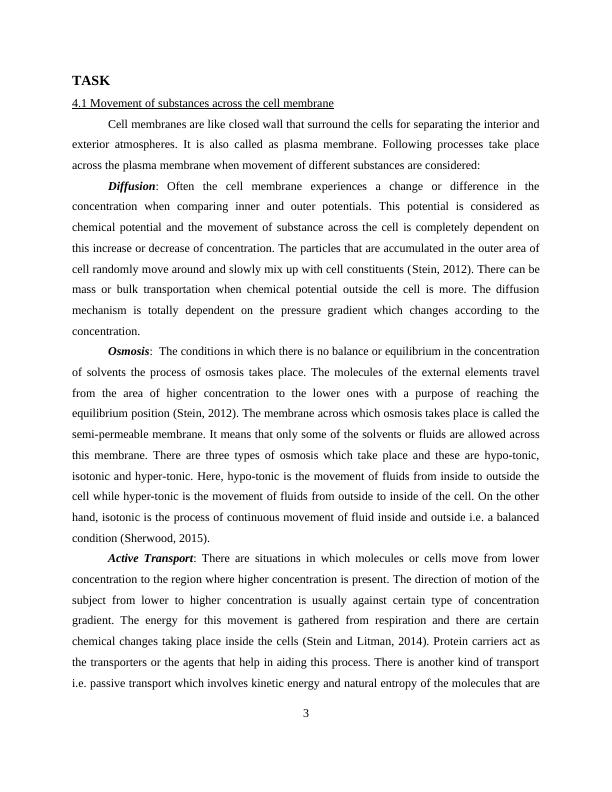Ask a question from expert
Exchange of Materials and Relation With Cell Membrane Structure
6 Pages1245 Words304 Views
Added on 2020-02-05
Exchange of Materials and Relation With Cell Membrane Structure
Added on 2020-02-05
BookmarkShareRelated Documents
End of preview
Want to access all the pages? Upload your documents or become a member.
Cell Structure & Function Compartments of the Body cell
|9
|2434
|254
Introduction to Osmosis: Mechanism, Factors, Types, and Applications
|12
|766
|405
Exchange of materials across the Cell Membrane
|7
|1510
|346
Plasma Membrane: Structure and Function
|4
|762
|388
Biology in Everyday Life: Cell Structure and Function
|5
|1355
|94
Anatomy and Physiology Assignment
|11
|2293
|114


